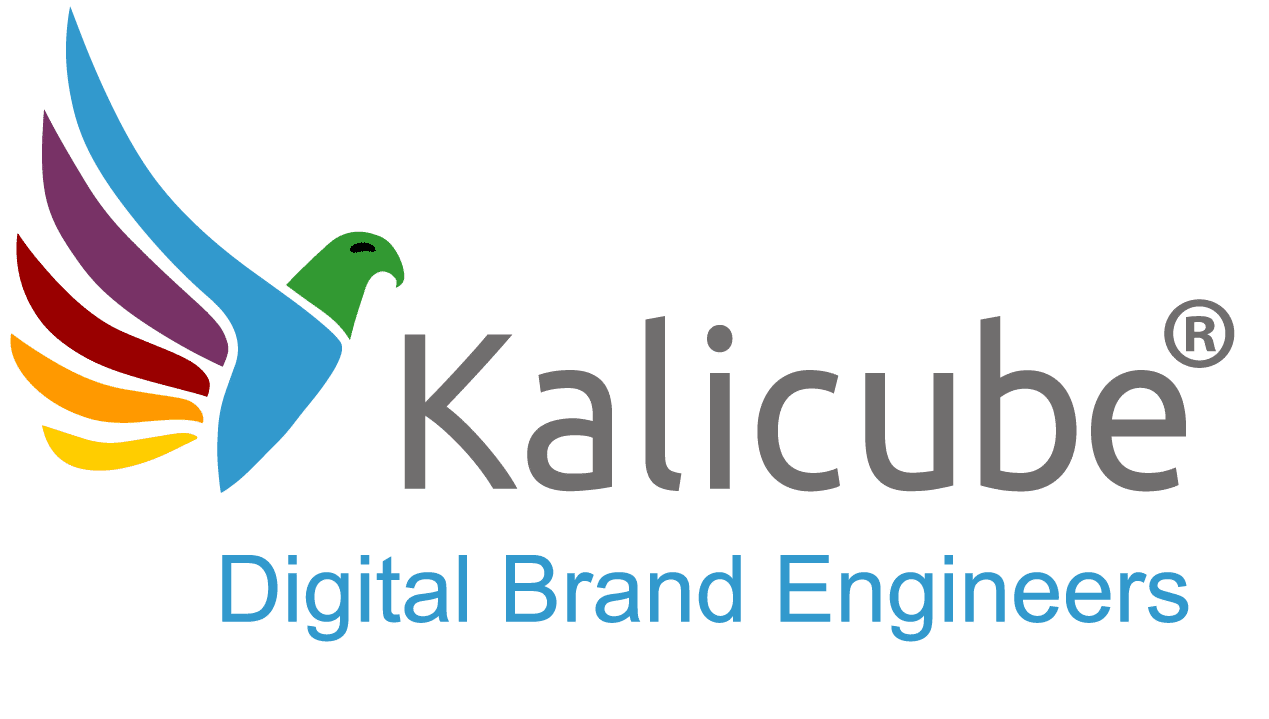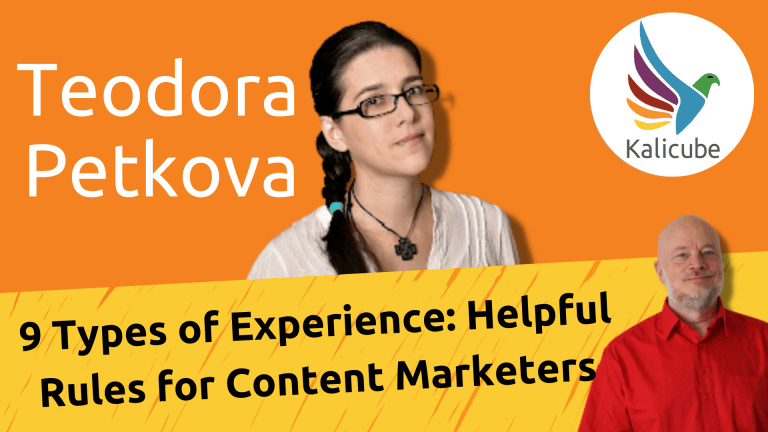The Perfect On-SERP SEO Strategy: A Holistic Guide

In this article you will learn what On-SERP SEO is, how it works and how you can easily build the perfect On-SERP SEO strategy for your company.
What is On-SERP SEO?
On-SERP SEO, also known as on-SERP optimisation, is a comprehensive SEO strategy that aims to increase a website’s visibility and ranking across different search engine results pages (SERPs). It involves optimising your content for multiple SERP Features, brand the content that appears and occupy as much real estate on the SERP as possible.
On-SERP SEO is Holistic
On-SERP SEO is a holistic approach to SEO that goes beyond traditional methods of optimizing for a single position on the SERP. It acknowledges that search queries can have multiple results and that users interact with the SERP in different ways.
As search engines continue to evolve and SERPs become more interactive, focusing solely on the top 10 positions is becoming increasingly less effective. On-SERP SEO aims to make sure your brand is present and visible in all relevant SERPs, regardless of the position.
An Overview of How to Approach On-SERP SEO
To implement on-SERP SEO, the first step is to identify the content assets and tactics that will be most effective for each search query. This may vary depending on the specific SERP, so it’s important to conduct research using both desktop and mobile browsers. Additionally, focusing on query syntax, not just individual queries, can help scale the process and improve your visibility on multiple SERPs.
What SERP Features You Should Optimise For
Google adds new SERP Features regularly, and its SERPs are becoming increasingly multimedia and interactive n-SERP SEO offers many opportunities. That means the focus is on video, sound and images. Importantly, the opportunities expand way beyond your own website (which tended to be the focus of traditional SEO). For a successful On-SERP SEO strategy will include your social media accounts, company profile pages, articles on third party sites, and much more.
At Kalicube we focus on Brand SERPs (the Google result for a search on your brand name). We have seen that optimising your Brand SERP is a great way to organise and prioritise your On-SERP SEO strategy.
Here is a list of the most important Rich Elements for Brand SERPs (by order of importance). Content created for these SERP Features on your Brand SERP will also improve your On-SERP presence across Google Search.
- Rich Sitelinks
- People Also Ask Boxes
- Sitelinks
- Knowledge Panel
- Google Business Profile
- See Results About
- Twitter Boxes
- Related Searches
- People Also Search For Text Box
- Video Boxes
- YouTube Boxes
- Image Boxes
- Top Stories
- Podcast Boxes
- Latest From Boxes
- Product Boxes
- Article Boxes
- Event Boxes
- Knowledge Cards
- Featured Snippets
Traditional Blue links remain important, so don’t ignore those !
The Problem With On-SERP SEO
The concept of On-SERP SEO has grown from the fact that Google increasingly keeps its users on the Search Engine Results Page, rather than sending them to the sites that provide the content in the SERP.
On-SERP SEO has been a thorny question for years. It is often portrayed as a bad thing. That may or may not be true. However, over the next few years, Google’s ability to answer questions and solve problems for its users directly on the SERP will continue to expand. That means you connot ignore it.
On-SERP SEO is an Opportunity
At Kalicube, we maintain that On-SERP SEO is actually immense opportunity. Smart companies who implement a brand focussed strategy will actually benefit hugely from Google’s pivot. Why? Because people will increasingly research on Google’s SERPs. And if you focus on increasing your brand presence and improving Google’s portrayal of your brand narrative on its search results, you will gain IMMENSE brand recognition with Google’s users (90% of people in the world).
From this perspective, Google becomes a phenomenal (free) branding exercise for your company where the ultimate aim is to get your potential customers to google your brand name.
In 2023 (and beyond) your biggest SEO asset will be your Brand SERP. Google your brand name (or personal name) right now. That is your online business card. Is it positive, accurate and convincing? Could it be better? The answer is, of course, “yes”!
How to Create Your On-SERP SEO Strategy Based on Your SERP
Creating an SEO for companies often involves either DIY (“guess, hit and hope”) or paying an expensive digital marketing agency.
Pitfalls and Problems with Creating an SEO Strategy
Paying an agency can be costly and, because they don’t understand your business or your clients’ mindset, it can take several months for them to get to grips with your needs… and time is money, as they say.
DIY can be problematic since, although you know your market, you don’t know the techniques to turn those insights into an effective digital marketing and SEO strategy.
Kalicube Has Solved the SEO Strategy Problem. Simply.
At Kalicube, we specialise in optimising Brand SERPs (the Google result for your company name). This involves improving all the web pages, images, videos and other SERP Features that appear on Google for your brand name, starting with your own website, social media channels and other owned or semi-owned web properties. Once that initial, simple, work is completed, you move onto third party websites such as Crunchbase, Zoominfo and media sites within your industry.
As you can probably see, by optimising your Brand SERP, you are implementing a simple, prioritised and holistic On-SERP SEO strategy that Google itself has designed for you. This simple, three step strategy is the Kalicube® Process that we refer to as “building an SEO from the Brand SERP outwards”. This three step process makes total business sense and works every time.
- Your site ranks #1, so start by optimising your own website. Optimising this improves that website’s performance across all Google Search.
- Your social accounts and industry profiles probably rank #2, so optimise those next. The social accounts (Twitter, Facebook, Instagram, YouTube etc) that rank highest on your Brand SERP are the ones Google is telling you are the most important. Prioritise those.
- Review platforms and digital PR often don’t even rank on a Brand SERP. That indicates a huge “hole” in your strategy. Look at pages 2 through 10 and see what Google sees as a priority for you, and also spy on the competition and see what ranks on their Brand SERP. Work on those.
Pro Tip: This is your personalised On-SERP SEO strategy that Google itself recommends. This is The Kalicube Process™, and it works. Every time. For any business.
Additional Huge Bonus: Your Google Business Card
When you optimise your Brand SERP you are creating the perfect “Google Business Card” that your prospects and clients see when they Google your name. That Google Business Card will tighten up your bottom-of-funnel and directly drive additional revenues for your business.
Check out the Kalicube Process™ here (free) >>
If you want Jason Barnard and the Kalicube Team to lay out your strategy for you, and walk you through the perfect Google-designed digital marketing strategy for your business, we offer a done-with-you service. Book a call with Jason Barnard to get started.






